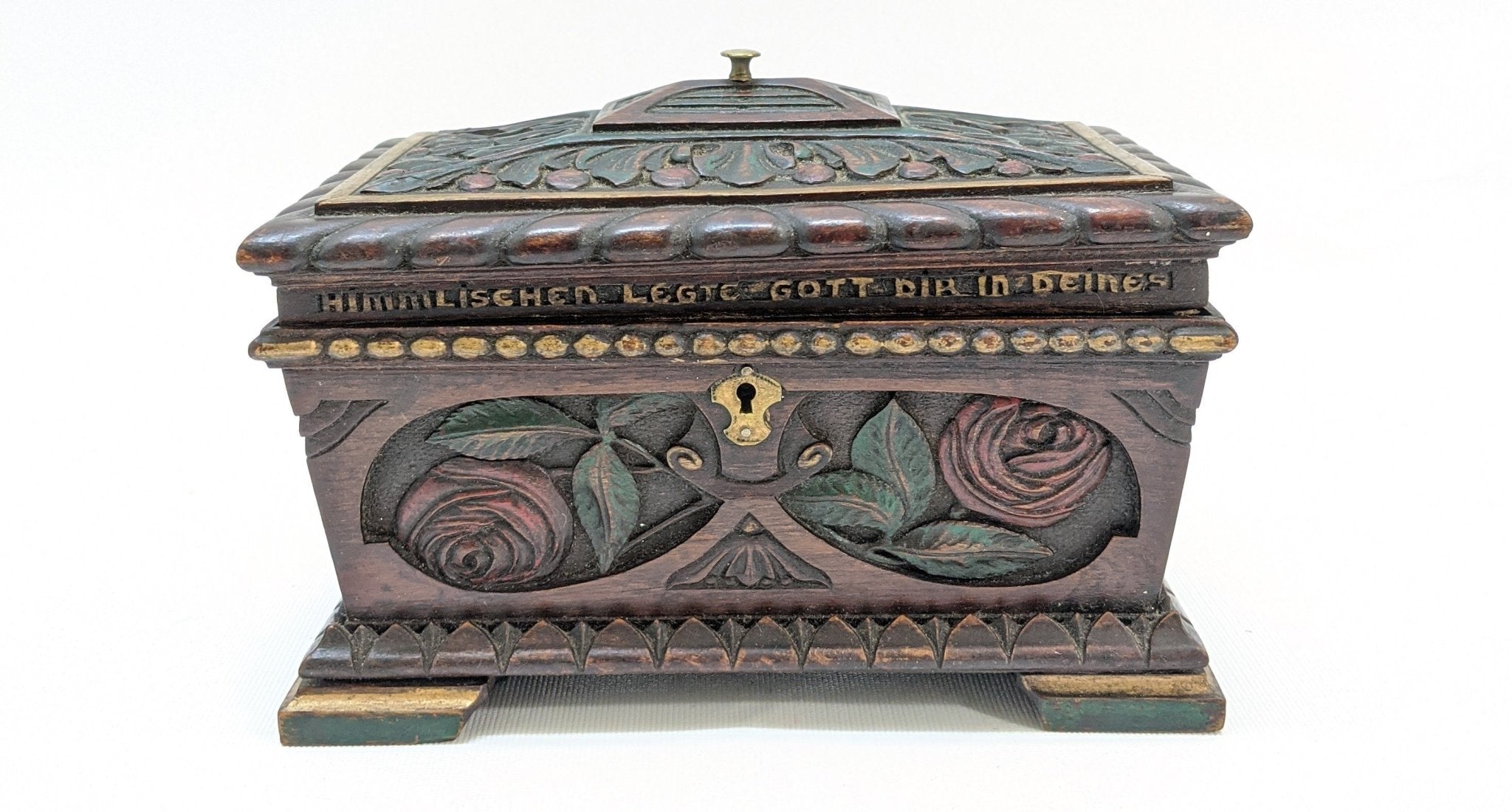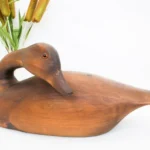
Open Daily 10am - 5pm
12,000sq.ft. of amazing items!
Free and easy parking!

With Chanukah underway, it’s time to take a look at historical objects reflecting the Jewish faith. The category is both wide and deep, spanning the centuries while reflecting every aspect of Jewish life. While many items are related to rituals, others are simply quotidian. One of its more somber characteristics is how much was lost during the Holocaust. Nonetheless, much remains so let’s dive in below.
Of particular interest at the moment is the menorah. This past week, Jewish households around the world have pulled theirs out and filled them with candles in celebration of Chanukah. The original menorah used in Jerusalem’s Holy Temple was only seven branches and most synagogues continue to use this version today. Outside houses of worship, the eight-plus-one branch menorah is more common, symbolizing as it does the Maccabees and their wisp of oil burning for eight days.
Menorahs have been made from countless materials and come in every shape and size. Traditional construction is of silver, but many have been made from brass, copper, iron, nickel, steel, and even gold. In general, those from 18th and 19th century Europe are most prized with elaborate versions often running to thousands of dollars. Menorah collections are not uncommon and remarkable ones can be seen at the Boston Fine Arts Museum and the Metropolitan Museum of Art in New York.
Kiddish (or Kaddish) wine cups represent another oft-collected category of Judaica. These are generally made of silver or silver plate and include much ornamental engraving. Used as part of a blessing to wine and bread prior to the Sabbath, such cups are often given as gifts to newlyweds or those undergoing a Bar/Bat Mitzvah. All but the most elaborate examples are generally affordable and often become family heirlooms to be handed down through the ages.
Perhaps next in popularity is the Passover Seder plate, a basic element during the celebration of Passover in the spring. These vary widely in design and markings but tend to be easily recognizable among stacks of more generic porcelain. Rich in Hebrew markings and images of family services, these also have many adherents among Judaica collectors.
Apart from these three most recognizable symbols of Jewish ritual, there are several others. Shabbat candlesticks have a long history but are often not immediately identifiable as such. Usually made of silver, they are set out in pairs in Jewish homes and lit by the matriarch to usher in the Sabbath. Tzedakah boxes are usually made of lesser metals and serve as receptacles of donations in Jewish houses of worship. Sizes and shapes vary considerably and markings are often subtle, but they generally include Hebrew markings and a slot into which donations can be dropped. And “Yads” or torah pointers are beautifully figured batons with an outstretched index finger at their end. Almost always made of silver or gold, these are used in reading the sacred torah and represent a gap between the sanctity of the ancient parchment and the human failings of the reader. Lovely and precious, these are always made with great care.





We’ll email you about the latest events, sales, and general store updates.

Our antique gallery is located just south of downtown Palm Springs, with free parking and air conditioning throughout.
Open Daily: 10am – 5pm
505 E Industrial Pl.
Palm Springs, CA 92264
© Copyright Antique Galleries of Palm Springs 2024